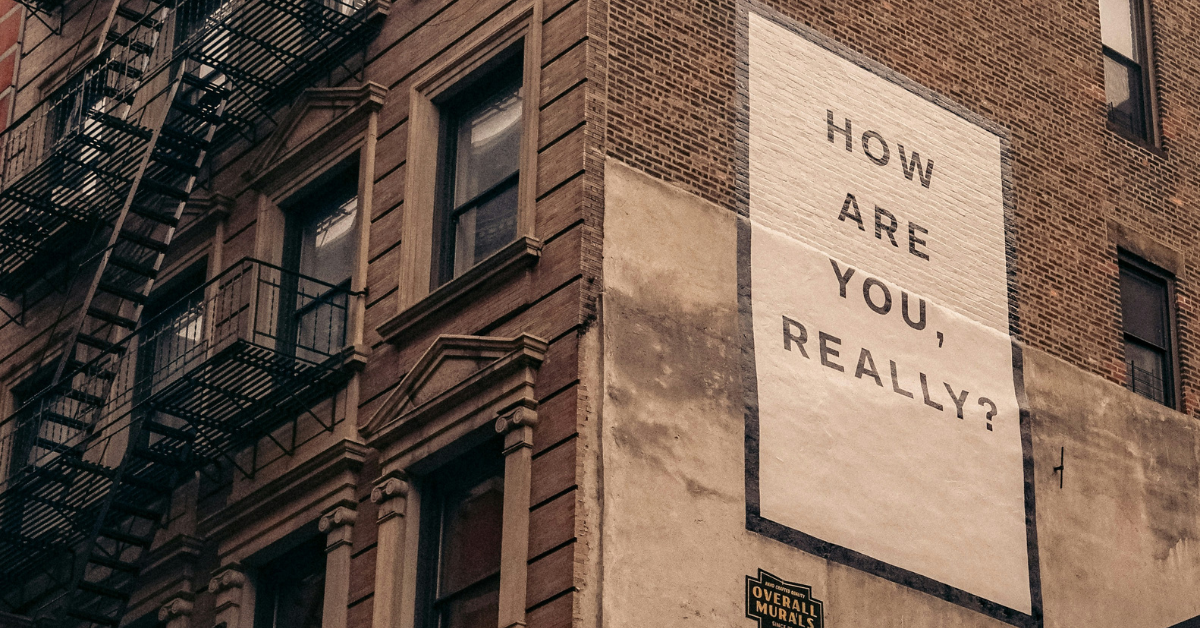Social anxiety disorder is one of the globe’s most common mental disorders. The World Mental Health Survey Initiative data found that the lifetime prevalence of social anxiety was 4% (28 countries across the globe included in the data). It is a disorder that significantly affects social relationships and quality of life. Any situation where you are exposed to public evaluation – whether formal (e.g. examinations, presentations) or informal (e.g. malls, parties) can cause intense and overwhelming feelings of anxiety. Let’s inspect how this disorder presents itself and how it can affect your academic and social life.
Social Anxiety Disorder
Table of Contents

What is Social Anxiety Disorder?
Anxiety is a transient stress response to an anticipated threat. It helps us approach them with caution or avoid them altogether – a useful survival response. However, in anxiety disorders, this response is persistent and often disproportionate to the corresponding event or situation.
People with Social Anxiety Disorder (or SAD) experience anxiety related to social interactions, being observed or having to perform, e.g. meeting new people, eating in public or public speaking. These types of situations are usually avoided or endured with much distress.
Social Anxiety Disorder vs Shyness
Shyness is discomfort in social situations and can usually be overcome given the correct motivation or as the situation becomes more familiar. SAD exists on the extreme end of this spectrum, is debilitating and severely affects the affected person’s quality of life.

How does Social Anxiety Disorder manifest?
The symptoms of SAD can be both physical and psychological. You may experience a racing heart, sweating, profuse blushing, a tight chest or a suffocating feeling. Psychological symptoms include constant worrying, shame, fear of judgement and difficulty concentrating.

As mentioned before, these symptoms occur in one or more situations where you might face scrutiny from others. You may also feel worried that others will notice your social anxiety symptoms and judge you because of it. To meet the diagnostic criteria for social anxiety disorder, these symptoms must persist for at least 6 months.
How does SAD effect academic and social environments?
Social anxiety disorder has been linked to a few adverse outcomes in academic environments:
- The physical symptoms of anxiety can make you want to avoid classes or even land you in the emergency room if severe enough
- It affects your concentration. That makes it challenging to learn new concepts and maintain focused study time
- Less engagement with educators and peers in discussions and group assignments can negatively affect academic performance
- reluctance to engage in networking or career-building activities
- feeling left out or ostracised which leads to decreased satisfaction in the academic sphere
Do you have Social Anxiety Disorder?
SAD is usually diagnosed by a mental health care worker, e.g. a medical doctor, psychologist or clinical social worker. They assess your symptoms and personal history. They will also do a physical examination and may do some blood tests to exclude underlying conditions that can cause anxiety. They will then determine the best course of treatment. This could include a combination of medication and psychotherapy.
Screening tools for self-assessment are useful to identify if you have a problem and if you should seek professional help. It does not replace a formal assessment, but it can be useful to establish your baseline and evaluate how it changes over time. You can discuss the results of your self-assessment with a health professional or someone to trust so they can offer support and help you initiate the process of seeking help or counselling.
Take a Self-Assessment
The Liebowitz Social Anxiety Scale (LSAS) is a screening tool often used by mental health care professionals to assess how social anxiety manifests in different areas of your life. You can take the self-assessment here.
FREE Resources
Here I’ve included some free resources where you can learn more about social anxiety disorder and access help:
- Social anxiety (social phobia) – NHS
- FearTools – Anxiety Aid App
- 4-7-8 breathing technique
- Mindfulness meditation
- Journaling
If you have any other resources that have helped you manage your anxiety, please leave them in the comments below. The above resources are ones I’ve used myself and have helped me on my mental health journey. None of them can replace formal evaluation and treatment, but it can be a lifeline while trying to find the courage and means to get help.

